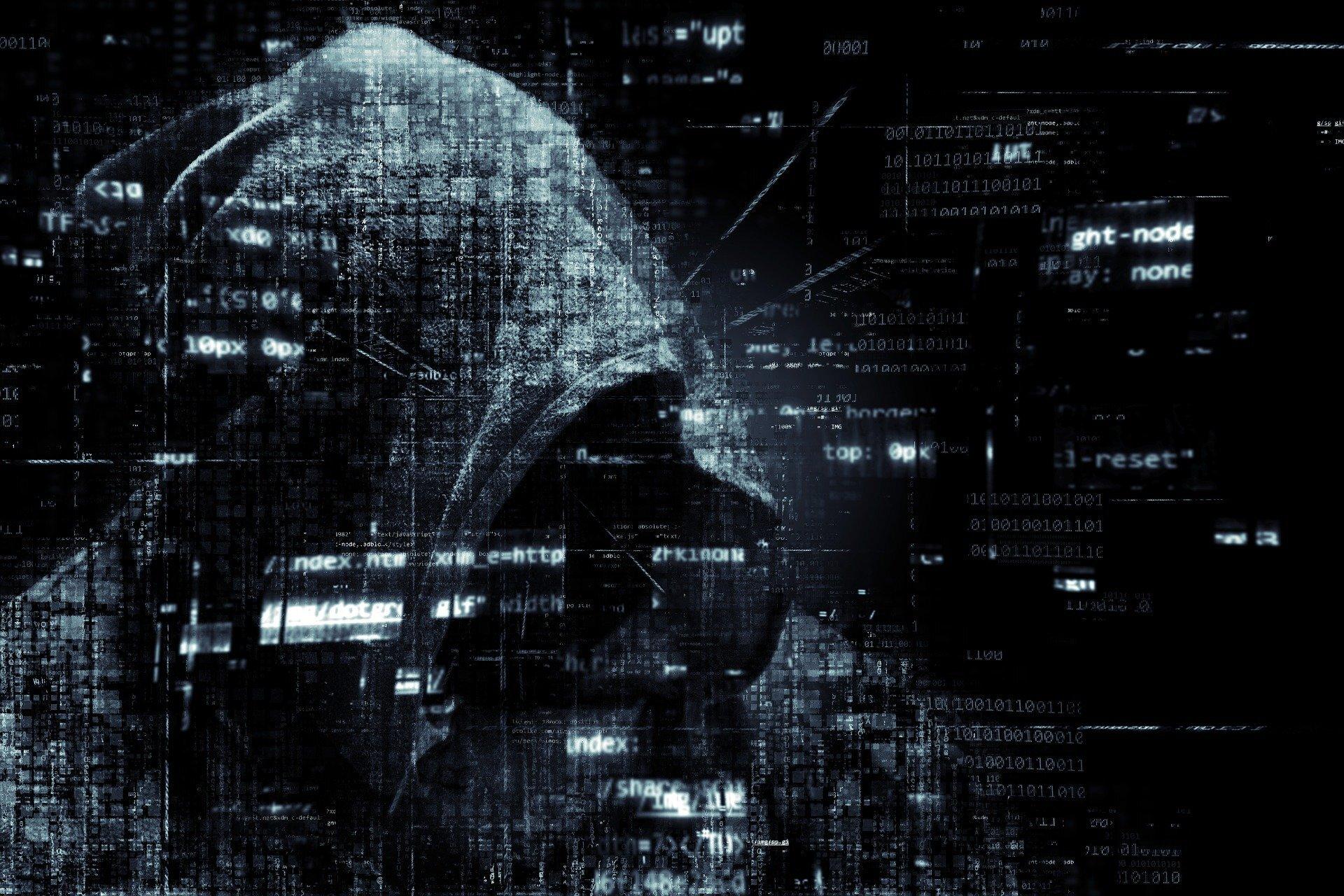Can Macs Get Malware?
While you may have heard in the past that Macs don’t get viruses or malware (the broader term encompassing any malicious code), this is a dangerous misconception. Although it’s true that PCs running Windows have historically been more prone to getting viruses, that largely had to do with the prevalence of these types of computers, and thus cyberattackers have tended to design infections that target Windows PCs instead of Macs.
Today, this trend continues, with Windows PCs still dominating market share, meaning cybercriminals still often target these devices. However, Macs can and do get malware, and these attacks have been increasing over the years as cybercriminals discover new holes and design malware to get inside Macs.
The Rise of Malware on Macs

As anti-malware platform Malwarebytes explains, the first widespread virus on Apple computers emerged in 1982, and the first one specifically hitting Macintosh computers came in 1987, so this threat is not new. Over the years, a number of new malware strains and serious attacks have occurred, with Mac malware growing by over 270% between 2016 and 2017, finds Malwarebytes.
The website Macworld has a thorough list of Mac malware and other security flaws, which helps illustrate the various ways that malware can make its way onto your computer. Even though Macs already have certain protections in place, some malware is able to disguise itself to get through security filters, proving that there is nothing inherently preventing Macs from getting hit with malware.
It stands to reason that the more popular Macs and other Apple devices become, the more likely that malware will be created that targets these devices, which could lead to more infections unless users take countermeasures.
Preventing Malware and Other Cyberattacks

If you assume that using a Mac operating system will keep you safe, you could lull yourself into a false sense of security and attacks may then occur. In reality, both Windows and Mac operating systems come with their own set of security features, as does Linux. Yet as cybersecurity platform SentinelOne explains, it’s not clear cut to say that one has better cybersecurity protections than another, as there are a variety of ways for attackers to get inside networks.
As such, even if you read about new anti-malware or other cybersecurity protections on certain operating systems like the new macOS Catalina, you should not assume that your computer is immune to attacks. The rise of Mac malware shows that there are ways cybercriminals can get inside seemingly secure devices, and it’s often an issue of whether they want to direct resources to hit an operating system with limited use vs. one with more widespread deployment.
Essentially any type of computer including desktops, laptops, smartphones and tablets can theoretically get malware. Even newer types of computers with limited internal storage like Google Chromebooks can be hit with malware, as Malwarebytes explains. And in addition to malware, hackers and cybercriminals can still steal your data in a variety of ways, such as by tricking you into providing your login info for certain sites by sending you fake emails asking you to reset your password.
Thus, it’s important to practice good cybersecurity hygiene across any digital device. Part of that includes updating applications and operating software when manufacturers release upgrades, as these often include security patches. However, you likely need to go further by also learning to recognize suspicious emails and websites that could lead to malware or loss of sensitive information, avoiding downloading pirated content, and adding additional cybersecurity monitoring, such as through anti-malware software.
You can find a variety of free educational resources online to improve your cybersecurity, such as by keeping up with cybersecurity news sites like Dark Reading or reading guides from company blogs like those from Malwarebytes, Kaspersky, and a variety of others depending on whether you’re looking for a few tips for yourself or want to improve your company’s security. From there, you likely want to add anti-malware protection, such as through Drive Genius, or you may want to add additional software from companies that specialize in malware prevention.
Still, there’s essentially no guarantees that malware can be completely blocked, regardless of whether you use a Mac or another type of computer. Instead, you can aim to limit your risk and have plans to handle any fallout from an eventual attack, such as by having a backup of your data ready.